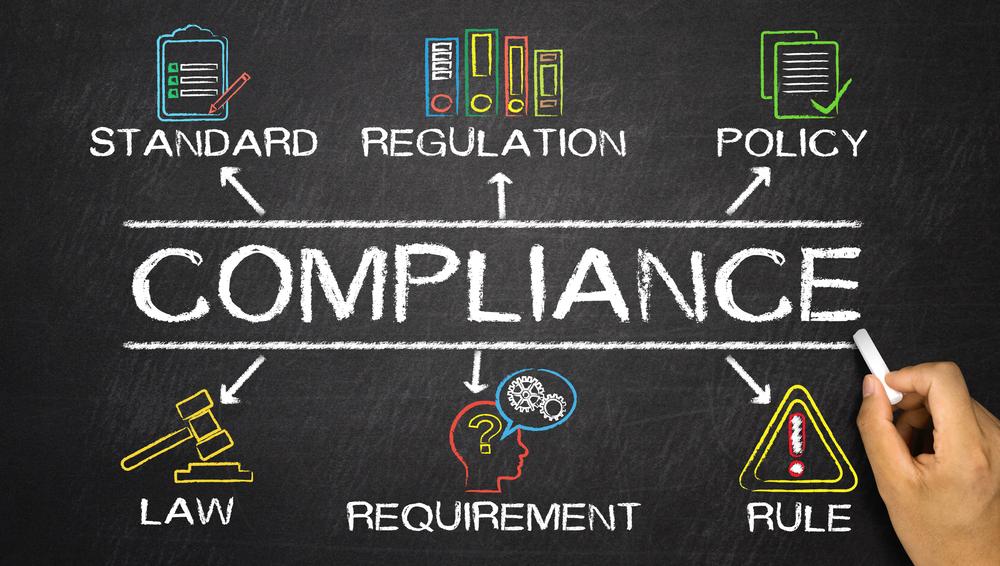In the digital age, where information flows as freely as currency, the sanctity of data has emerged as the new frontier of trust and security. Financial institutions, the bastions of our economic framework, find themselves at the epicenter of this evolving landscape. Here, data is not merely a byproduct of transactions but the lifeblood that fuels decision-making, customer relationships, and strategic growth. Yet, with great power comes great responsibility. As cyber threats grow in sophistication and frequency, the imperative for robust data protection has never been more pressing. This article delves into the critical importance of safeguarding data within financial institutions, exploring how these guardians of wealth can fortify their defenses to protect not only their assets but also the very trust that underpins their existence.
Safeguarding Trust in the Digital Age Understanding the Core of Data Protection
In the rapidly evolving digital landscape, the sanctity of personal and financial data is more critical than ever. Financial institutions are the custodians of vast amounts of sensitive information, making them prime targets for cyber threats. To uphold their reputation and ensure customer trust, these institutions must implement robust data protection measures. Data protection is not merely a compliance requirement; it is the bedrock of customer confidence and business sustainability.
Key elements of effective data protection strategies include:
- Encryption: Ensuring that data is unreadable to unauthorized users, both in transit and at rest.
- Access Controls: Implementing strict authentication protocols to limit data access to authorized personnel only.
- Regular Audits: Conducting frequent security assessments to identify vulnerabilities and strengthen defenses.
- Employee Training: Educating staff on data security best practices to prevent accidental breaches.
By prioritizing these measures, financial institutions not only comply with regulatory standards but also foster a culture of trust and reliability in the digital age.

Navigating Regulatory Landscapes Ensuring Compliance and Avoiding Pitfalls
In the complex world of finance, where transactions are measured in milliseconds and data is the new currency, the importance of data protection cannot be overstated. Financial institutions are custodians of sensitive information, from personal identification details to intricate financial histories. This makes them prime targets for cyber threats and regulatory scrutiny. Ensuring compliance with data protection regulations is not just a legal obligation but a strategic imperative that safeguards reputation and trust.
To adeptly navigate the regulatory landscapes, financial institutions must focus on several key strategies:
- Implement Robust Security Measures: Utilize advanced encryption, multi-factor authentication, and regular security audits to protect data integrity.
- Stay Informed on Regulatory Changes: Regularly update compliance protocols to align with evolving laws such as GDPR and CCPA.
- Foster a Culture of Compliance: Train employees to recognize data breaches and understand the importance of data protection.
- Engage with Legal Experts: Collaborate with legal professionals to interpret complex regulations and implement effective compliance strategies.
By prioritizing these strategies, financial institutions can not only avoid regulatory pitfalls but also enhance their operational resilience in an increasingly data-driven world.
Building a Robust Defense Strategies for Enhancing Cybersecurity Measures
In today’s rapidly evolving digital landscape, financial institutions must prioritize the development of comprehensive strategies to fortify their cybersecurity frameworks. A robust defense strategy involves not only implementing cutting-edge technology but also fostering a culture of vigilance and proactive risk management. Financial institutions should focus on creating a multi-layered defense system that includes:
- Advanced Threat Detection: Utilizing AI and machine learning to identify and neutralize potential threats before they can infiltrate systems.
- Regular Security Audits: Conducting frequent assessments to uncover vulnerabilities and ensure compliance with industry standards.
- Employee Training Programs: Educating staff on the latest cybersecurity threats and best practices to minimize human error.
- Incident Response Planning: Developing a comprehensive response plan to quickly address and mitigate the impact of any security breaches.
By integrating these elements into their cybersecurity strategies, financial institutions can better safeguard sensitive data, maintain customer trust, and ensure regulatory compliance. Proactive defense measures not only protect against financial loss but also enhance the institution’s reputation as a secure and reliable entity in the eyes of clients and stakeholders.
Empowering Institutions with Knowledge Training and Awareness as Key Pillars
In the dynamic landscape of financial services, safeguarding sensitive information is paramount. Knowledge training plays a pivotal role in fortifying an institution’s defenses against potential data breaches. Financial entities must equip their workforce with comprehensive understanding and practical skills to identify and mitigate risks. This involves regular workshops, interactive sessions, and scenario-based learning that focus on the nuances of data protection. By doing so, institutions not only comply with regulatory requirements but also build a culture of vigilance and responsibility.
Awareness serves as the backbone of any robust data protection strategy. It is crucial for financial institutions to foster an environment where every employee, from top executives to entry-level staff, is aware of the implications of data mishandling. Key measures include:
- Implementing regular awareness campaigns that highlight the latest threats and best practices.
- Creating an accessible knowledge base for employees to reference data protection protocols.
- Encouraging a feedback loop where employees can report potential vulnerabilities without fear of reprisal.
These steps ensure that data protection is not just a policy, but a shared commitment across the institution.





